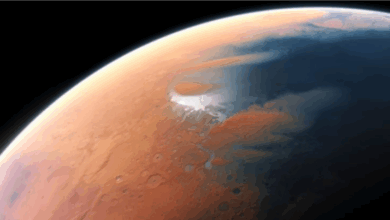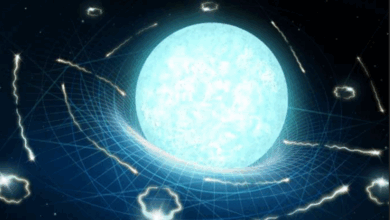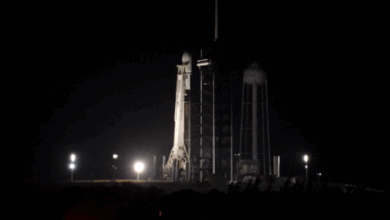It’s been one year since the most violent solar storm in decades caused widespread auroras. What have we learned?
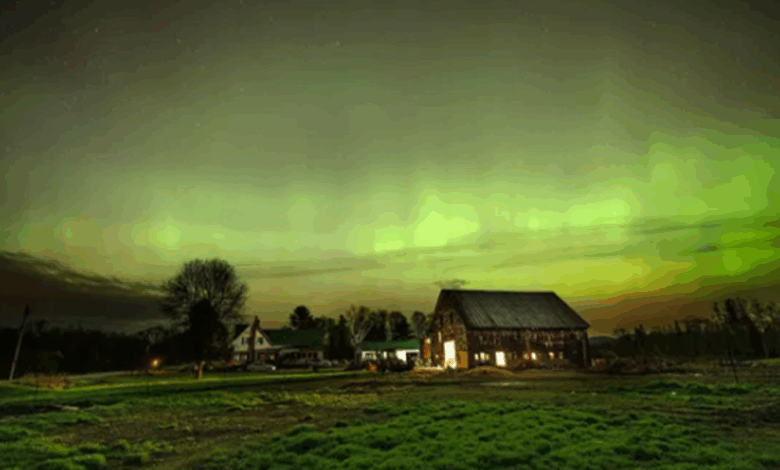
“It was a reminder that our sun is capable of producing these very disruptive events that can impact our critical infrastructure.”
I’ll never forget the night of May 10, 2024. I recall having dinner with a buddy and discussing the possibilities of seeing the northern lights in Northeast Ohio, a topic that I had never had before or even imagined was feasible. It seemed implausible, but earlier that week, the idea was brought to my notice when I published one of my first-ever pieces detailing space weather generated by the sun.
As a meteorologist, space weather wasn’t something I spoke about much, but the more I was studying that week, the more I became interested in how intense solar flares from sunspot clusters about 93 million miles (149.60 million kilometers) away might affect us here on Earth. When the National Oceanic and Atmospheric Administration’s Space Weather Prediction Center (SWPC) issued a geomagnetic storm watch for a pretty powerful solar event on Mother’s Day Weekend and I was asked to report on it, I had no idea I would be writing about a geomagnetic storm that would make history.
The May 2024 sun storm, also known as the Gannon storm or Mother’s Day solar storm, is presently listed by NOAA as one of the most noteworthy solar storms in history and probably the most powerful reported this century. It contained a procession of intense solar flares during May 8-11, 2024, emanating from a monster sunspot group that measured 17 times larger than Earth’s diameter. According to NOAA, during this time, there were at least eight coronal mass ejections (CMEs), which are explosions made up of magnetic fields and plasma, that targeted Earth, the highest on NOAA’s space weather scale.
“The Gannon storm was a spectacular event in the sense that so many people got to see the aurora, especially those living in areas that don’t typically see it,” Mike Cook, Space Weather Lead at MITRE Corporation, told Space.com. “But, beyond that, it was a reminder that our sun is capable of producing these very disruptive events that can impact our critical infrastructure.”
While photographs of the northern lights throughout the globe lit up social media and news headlines, it also called attention to the consequences a storm of this size may have on our planet and human civilization. Scientists and forecasters at NOAA’s SWPC were lauded for giving adequate time with early warnings ahead of the solar storm, enabling end users such as power grid operators to take the steps required to avert a potentially debilitating electric calamity.
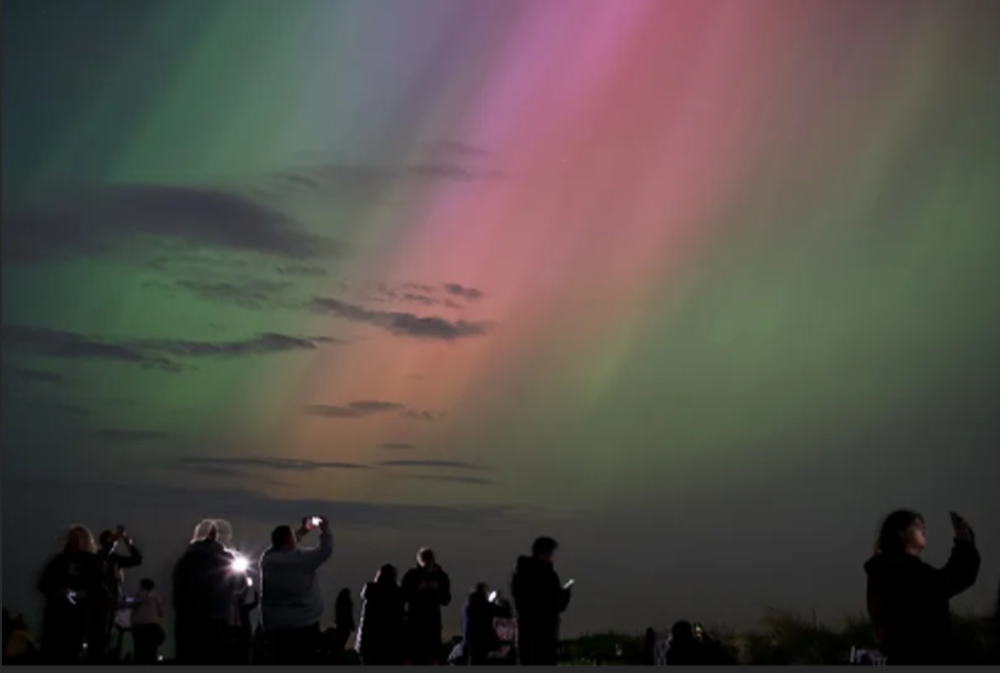
“At SWPC, we continue to work to help operators protect our critical infrastructure from such storms,” Clinton Wallace, director of NOAA’s SWPC, told Space.com. “More than 10 years of planning and preparation paid off. Thanks to early warnings and coordination, the individuals who control essential systems like electricity, farming, and satellites were able to avert much of the harm from the May 2024 storm. illustrates that being ready isn’t just useful, it’s necessary.”
However, like with hurricanes and other weather disasters, repercussions may still be felt even when we are as prepared as possible.
Tamitha Skov, a retired research scientist from the Aerospace Corporation and a space weather professor at Millersville University in Pennsylvania, told Space.com that although there were a lot of beneficial benefits from the event, there were also some not-so-good surprises. While there was a gain in terms of how robust the North American electricity infrastructure was in the face of the storm, the agricultural business suffered a blow as flaws with GPS devices that assist in steering tractors were uncovered when the solar storm reached Earth.
“The fact that we experienced no catastrophic cascading failures of the system is a signal that we have successfully hardened our grid better than in years past. Especially given we consume significantly more power today and have incorporated green energy technology, being able to run during the storm was a major triumph for that business,” Skov added.
“We have known about GNSS vulnerability for decades; nevertheless, it is now so intertwined into precision farming equipment and techniques that a loss of quality signal from satellites may force a whole agricultural sector to cease for the length of the storm. A few days loss may not appear to be a major concern, but when the storm occurs around planting or harvest season, as large storms generally do (storm impacts are increased during the equinoxes), then the damage to the agricultural production can be highly considerable.”
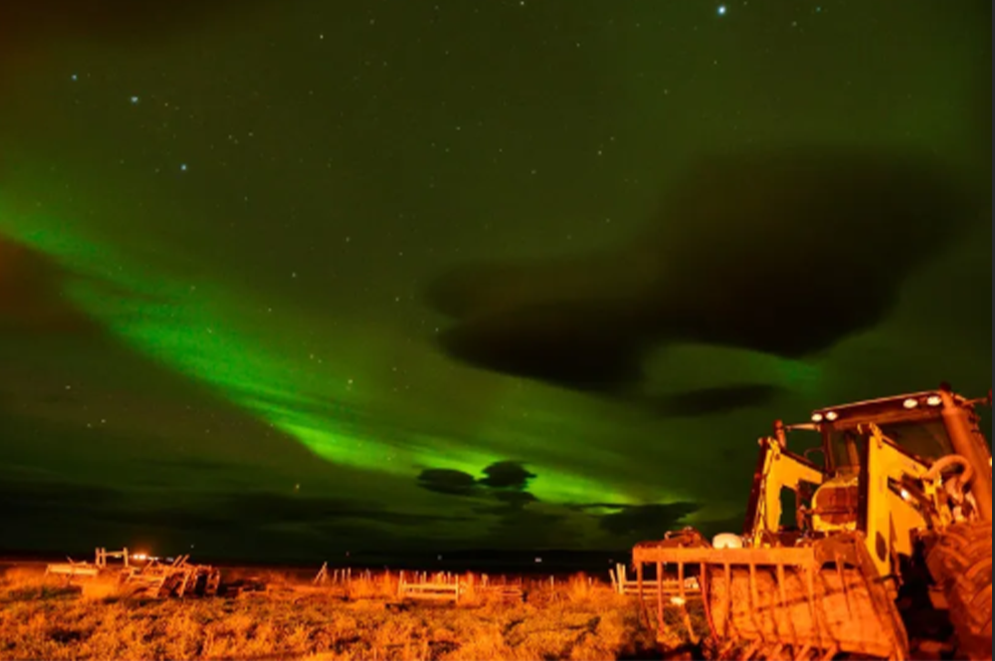
The Gannon storm undoubtedly enhanced the conversation during the previous year about space weather, seen in the rush of social media postings and news stories that regularly arise when there’s the chance for a geomagnetic storm to occur. Aurora chasers continue to become just as enthusiastic as storm chasers when there’s a prospect for a performance by Mother Nature, and scientists believe this has provided a fantastic opportunity to educate the public about space weather.
“So many individuals got to watch the aurora that typically wouldn’t, and they’re asking questions about why this happens. Why did it appear different? Why can I see it with my phone and not my eyes? Why is this red here and green there?” Kelly Korreck, a program scientist at NASA Headquarters, told Space.com “All of these questions and all this curiosity—we just love to share the NASA science on all of that and really help explain what’s going on so that we understand where we live and the technology that we live with too.”
While there has been a wealth of information and fresh data collected from the Gannon Storm, experts believe there’s still so much more to uncover. Although storms as big as this one are not a typical occurrence, with the prospect of others in the future (and possibly someday even more violent than this one), the more we can learn about how it impacts our everyday lives, particularly our economy, remains a top concern.
